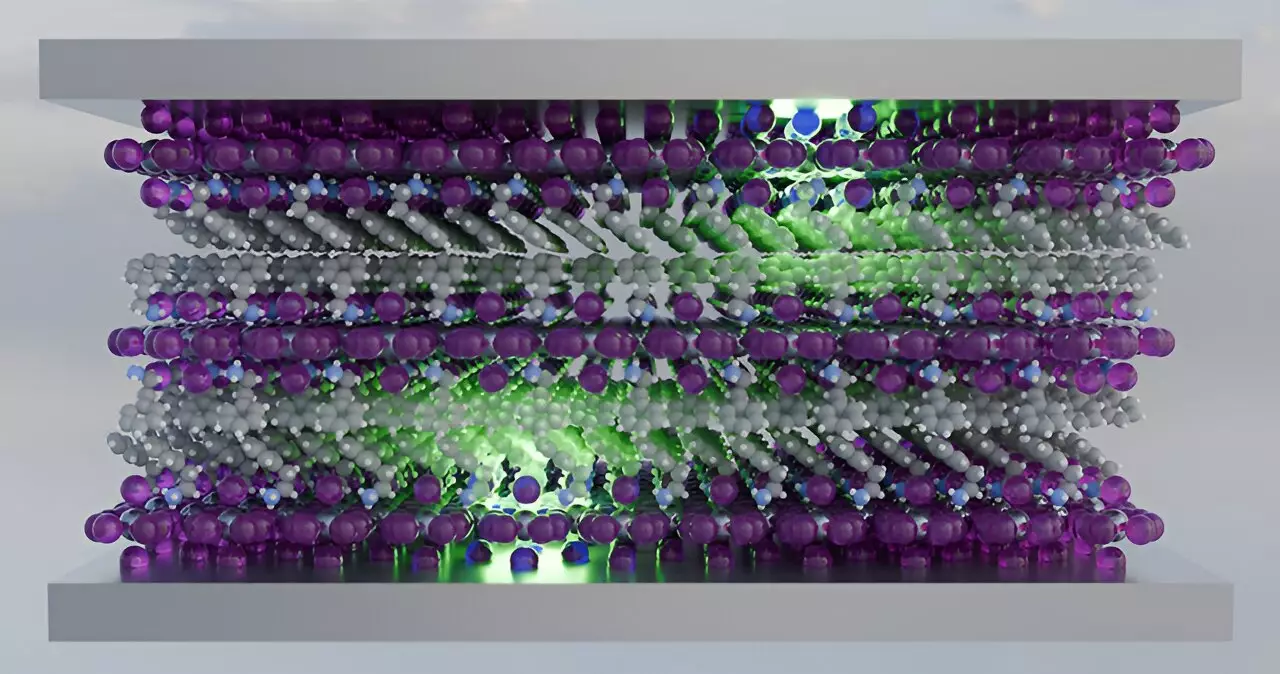In the realm of solar cells and light-emitting diodes, the maintenance of excited state kinetics of molecules is crucial in maximizing efficiency. One of the primary challenges faced by these systems is the phenomenon of exciton-exciton annihilation, which leads to a decrease in energy conversion efficiency and light output. Researchers from the National Renewable Energy Laboratory (NREL) and the University of Colorado Boulder have been investigating methods to control this loss mechanism and enhance the performance of optoelectronic devices.
Exciton Coupling with Cavity Polaritons
To address the issue of exciton-exciton annihilation, the NREL researchers focused on coupling excitons with cavity polaritons. Cavity polaritons are essentially photons trapped between two mirrors, offering a unique opportunity to combat energy dissipation and potentially increase efficiency in devices like solar cells and LEDs. By utilizing transient absorption spectroscopy, the researchers were able to vary the separation between the mirrors enclosing a 2D perovskite material known as (PEA)2PbI4 (PEPI) to control the exciton-exciton annihilation process.
Through their experiments, the researchers demonstrated ultrastrong coupling of the PEPI layer within a Fabry-Pérot microcavity. This strong coupling resulted in a longer excited state lifetime and enabled precise control over exciton-exciton annihilation, effectively reducing the loss mechanism by an order of magnitude. The quantum nature of the hybrid states formed by the coupling of photons and excitons was highlighted as a key factor in understanding this phenomenon.
The ability to tune the coupling strength between excitons and cavity polaritons offers a valuable tool in manipulating the dynamics of the PEPI system. By adjusting the relative proportions of time spent as photons or excitons, researchers can exert control over the energy loss within these optoelectronic devices. This level of precision in managing the excited state dynamics represents a significant advancement in the field of material science.
The research conducted by the NREL and University of Colorado Boulder teams sheds light on the critical role played by exciton-exciton annihilation in solar cells and LEDs. By harnessing the power of cavity polaritons and strong coupling effects, it is possible to mitigate energy losses and enhance the overall efficiency of these devices. The findings of this study open up new avenues for designing advanced optoelectronic materials with improved performance characteristics.


Leave a Reply